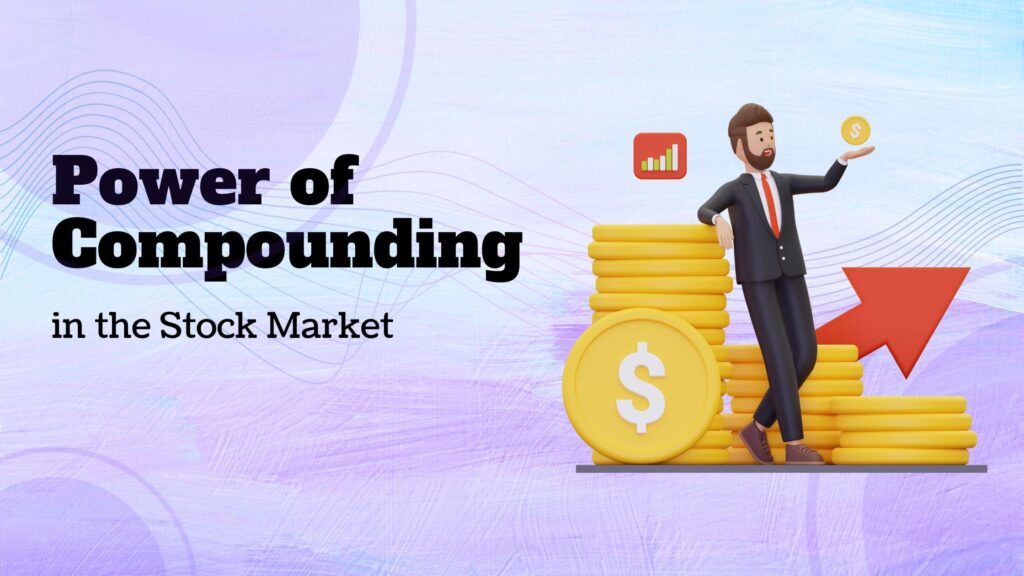
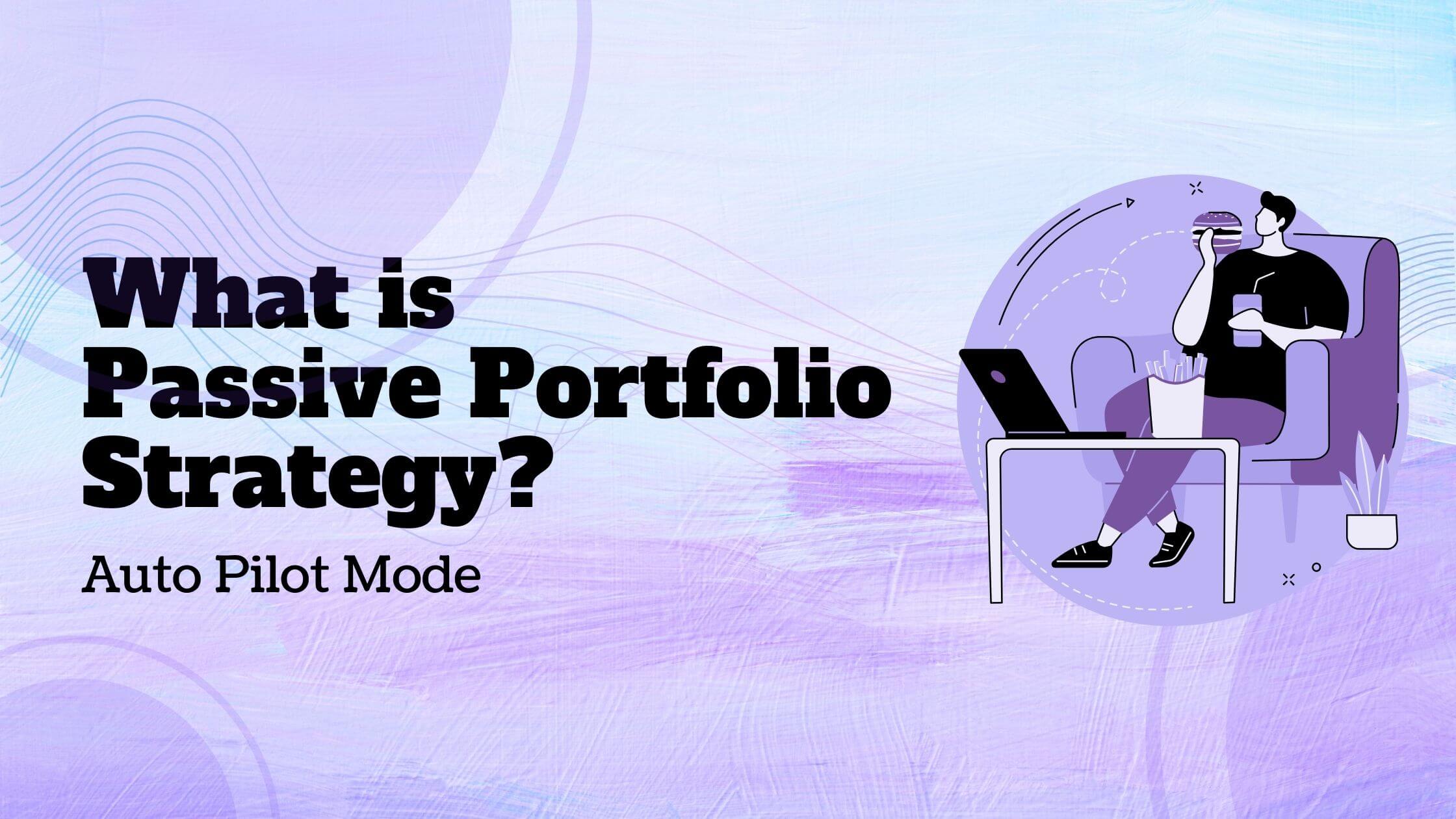
Passive Portfolio Management just replicates a wide market’s performance. Building a portfolio and filling it with the same investments as a wide market index is required. A professional portfolio manager’s function in this situation is highly constrained. This approach is far more laid-back and relaxed than aggressive portfolio management.
Sit Back and Your portfolio will adjust as per the market index.
Every portfolio wants to deliver good returns, Just like Active Portfolio, This passive portfolio has the same aim.
A Passive Portfolio does not have a specific benchmark because it just produces a mirror reflection of its benchmark.
Example: Nifty 50 consists of 50 Stocks so any mutual fund manager who follows a passive portfolio strategy will invest in the same stocks which are in Nifty 50 corresponding to their weightage.
Any Fund that is using Nifty 50 or Sensex as a key phrase in their fund name. You should read and understand by these terms that they are following the passive portfolio strategy. since they are following a passive portfolio strategy their fund managers don’t have to work a lot as they are just copying the stocks that are part of Sensex or Nifty 50 since they are just replicating the stocks their management or exit load fees are also less.
No effort is taken in passive investment management to separate appealing from unattractive assets, anticipate their prices, timing markets, or target specific market sectors.
Since they invest in a variety of asset types, passive managers anticipate averaging results. A large category of securities acting similarly in the market, such as equities, fixed-income securities, and cash equivalents, is referred to as an asset class.
Advocates of a passive portfolio approach contend that investing in index funds, which have consistently outperformed the majority of actively managed funds, is the best and risk-free method. This kind of investing involves very little portfolio management on the part of the investors.

Since it is hard to constantly outperform the market, many investors think that passive management is a sound idea. Investors favor passive management as a consequence to ensure maximum profits. A typical investor makes more money over the long term by reducing management expenses than by beating the market as a whole.
Since Passive portfolio management involves less selling and buying of financial instruments it means you are not giving extra transactional fees. Warren Uncle will be proud of you.
We hope We gave you some insights about the Passive Portfolio strategy and delivered it in the best possible way.
Let us know what you think about Passive Portfolio Strategy. leave your precious comment, and We will respond to it.
DO SHARE THIS ARTICLE with your friends or family. You can tweet out your thoughts by tagging us @rupayrajat on Twitter. or You can tag us on Instagram.
To your Investing Journey
Cheers

Rupay Rajat is a financial and investing blog. I write about financial instruments and the stock market in the most easiest language.
Latest Post

Let’s Unveiling the Power of Compounding in the Stock Market
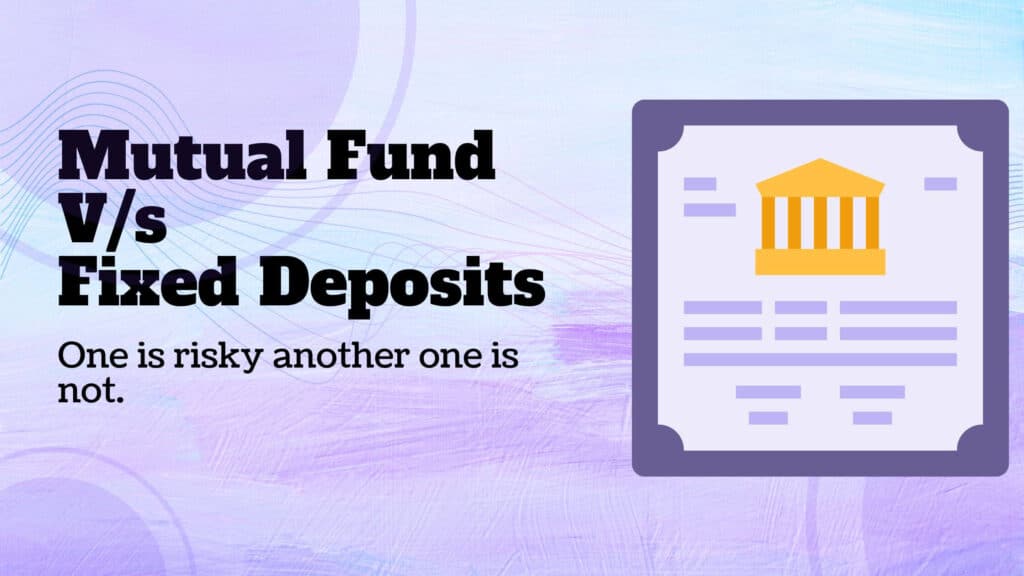
Mutual fund vs Fixed deposit – Where should you Invest?
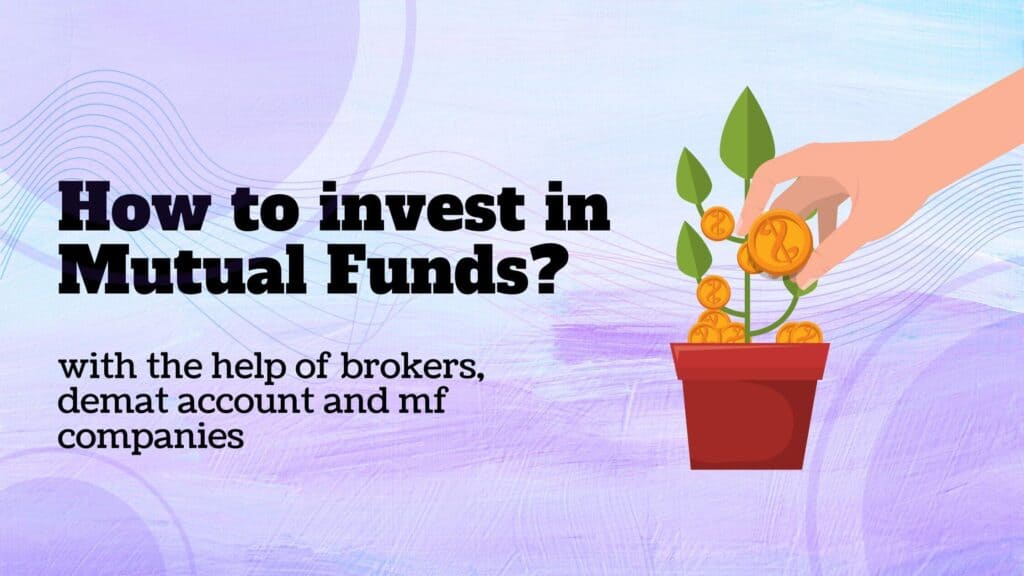
How to invest in Mutual Funds? Easy Ways to Invest
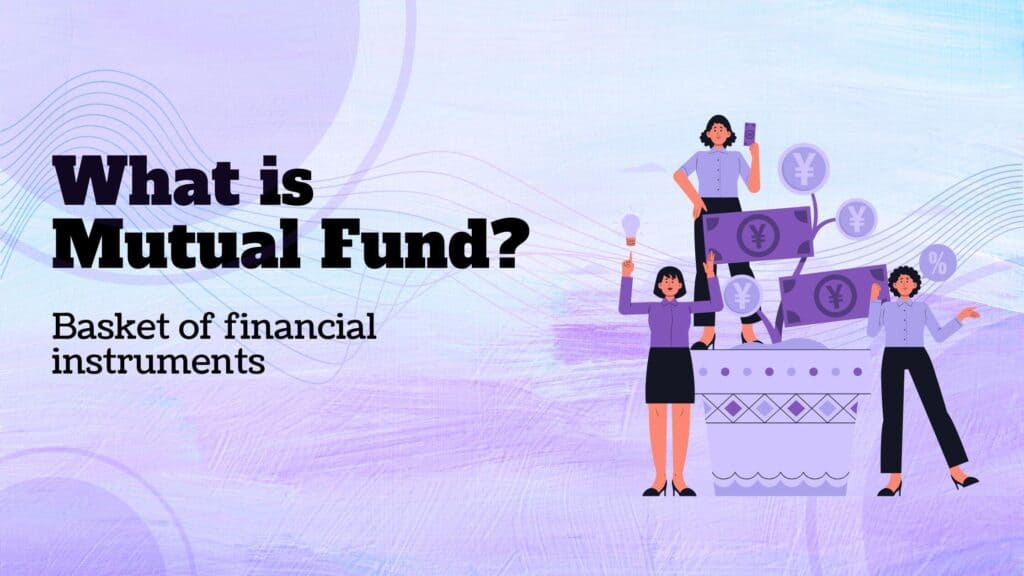
What is Mutual Fund? Simple Types of Mutual Fund

29 Best Stock Market Websites (Useful Websites and Apps)
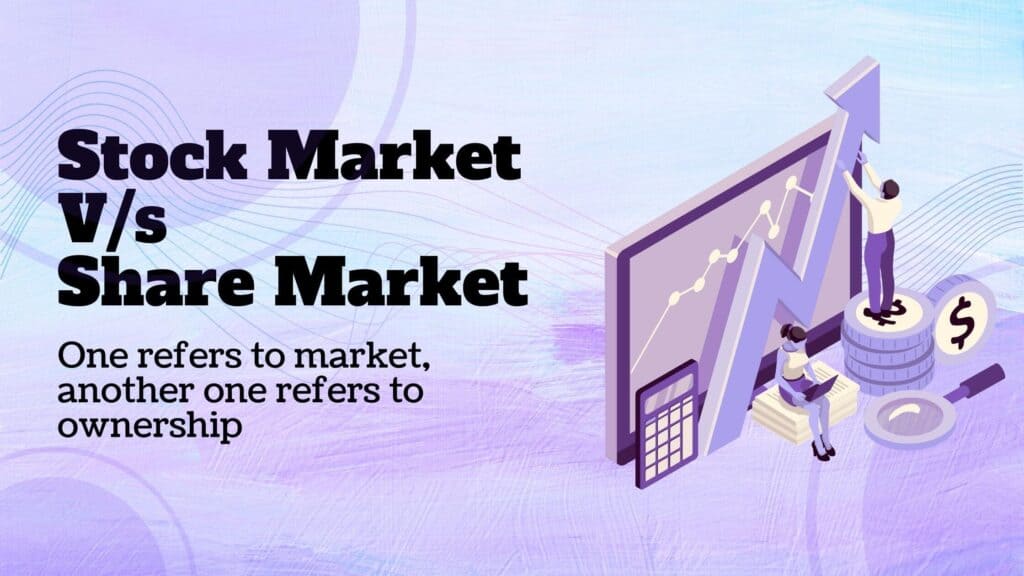
What is the difference between share market and stock market?
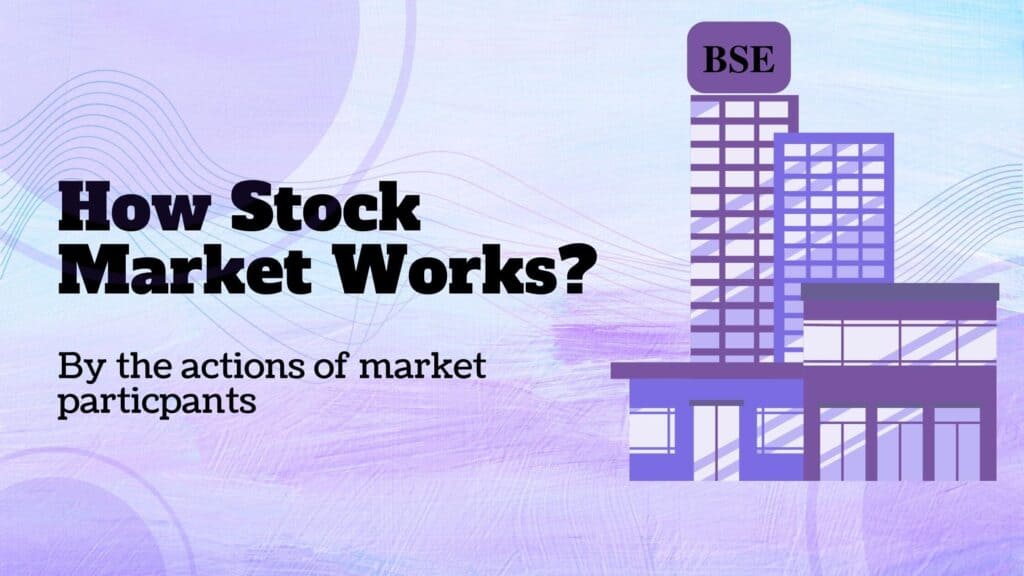
How the Stock Market Works in an Unusual Way
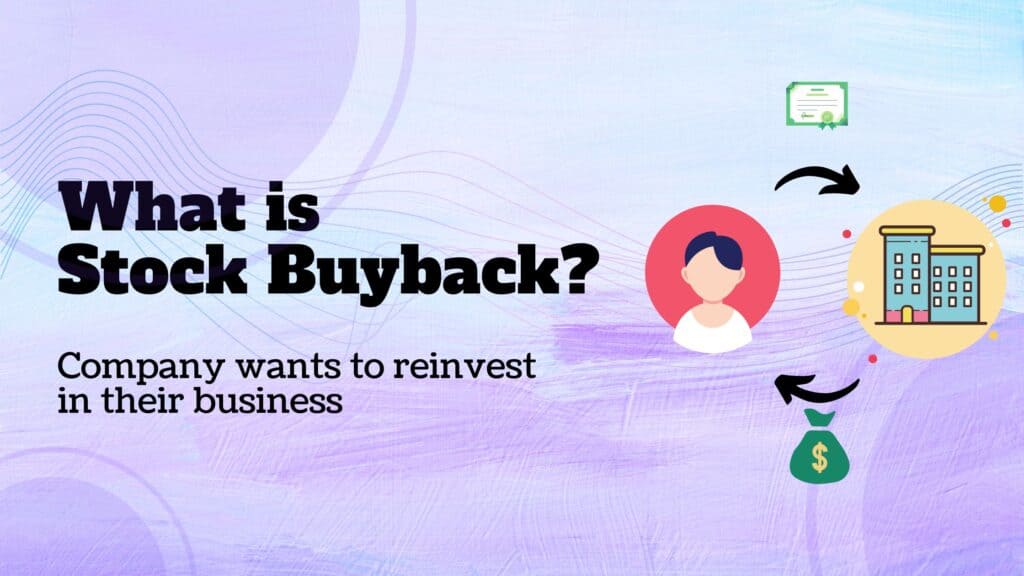
What is the Buyback of shares? What happens after Buyback?

What is Bonus Share? How Can I get One?
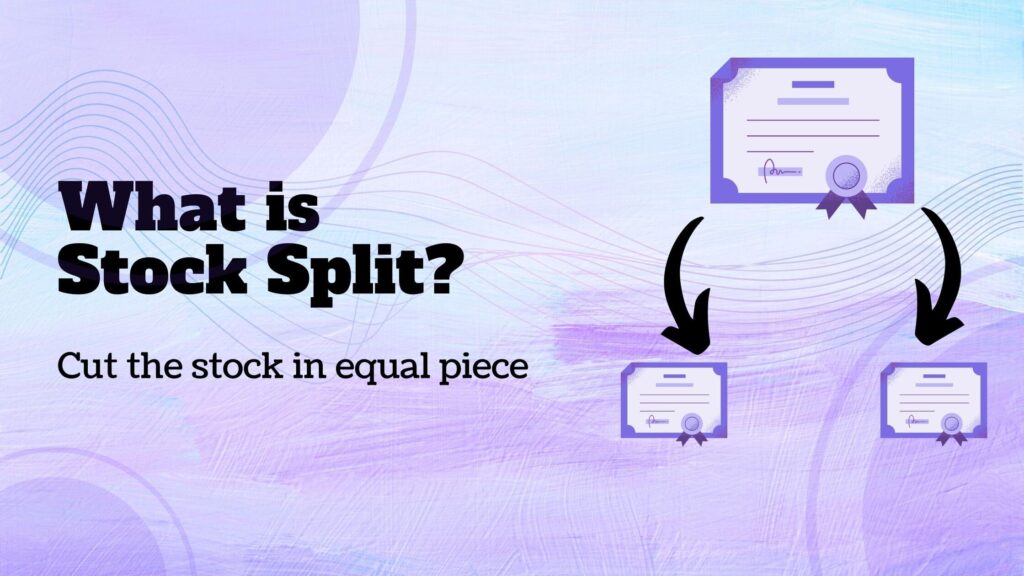
What is Stock Split? What will happen to shares after that?

What is the Book Value of a share? Valuation Metric of Share
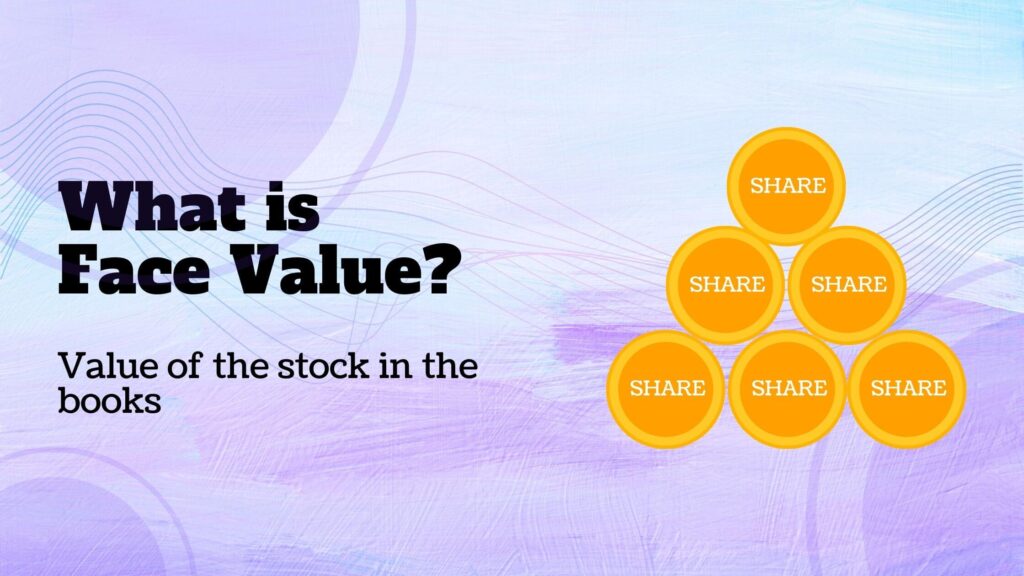
What is the Face Value of the Share? Importance, Example
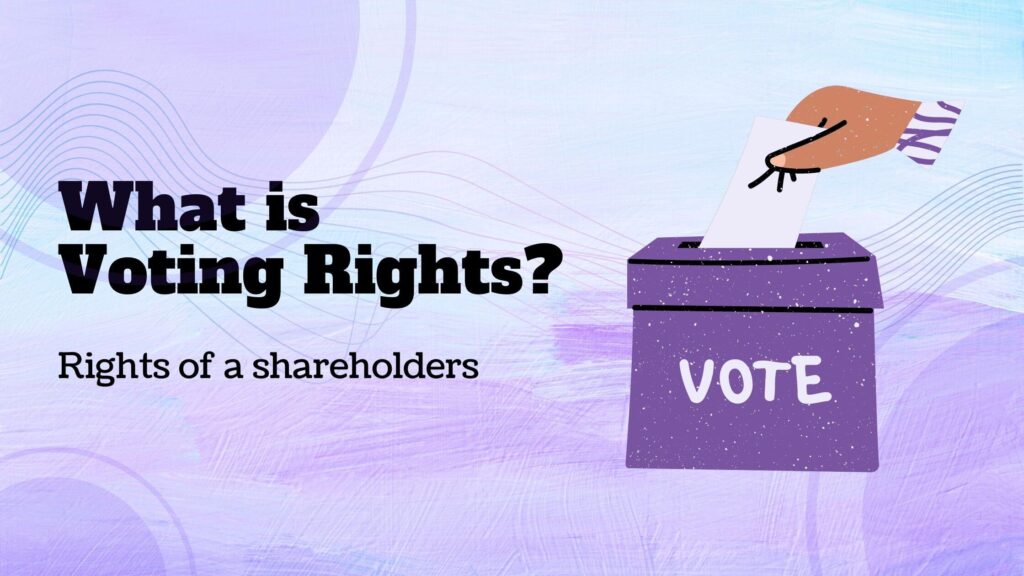
What are the voting rights of a shareholder? Importance

What is an Adjustable peg? Effect of Forex Market
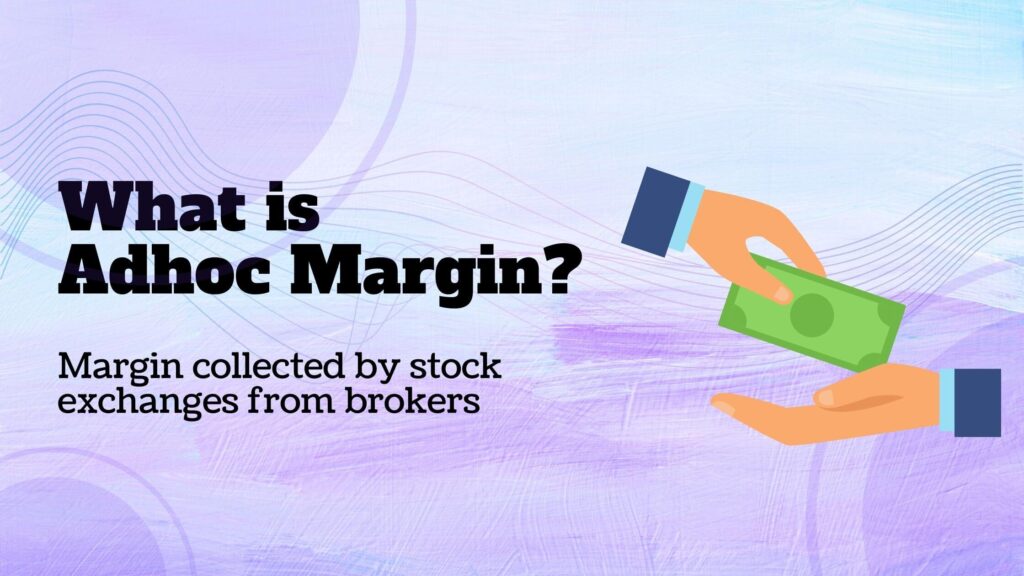
What is Adhoc Margin? Who Collects from Whom?